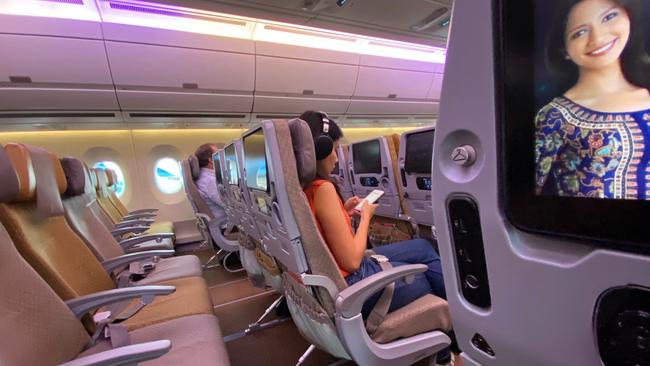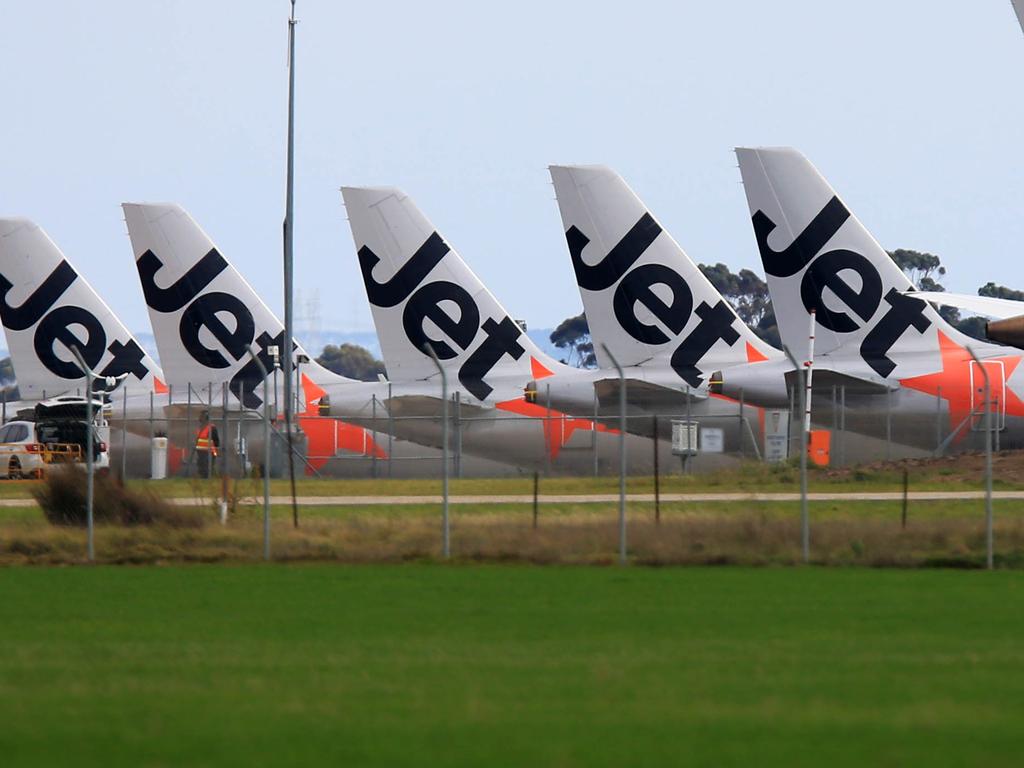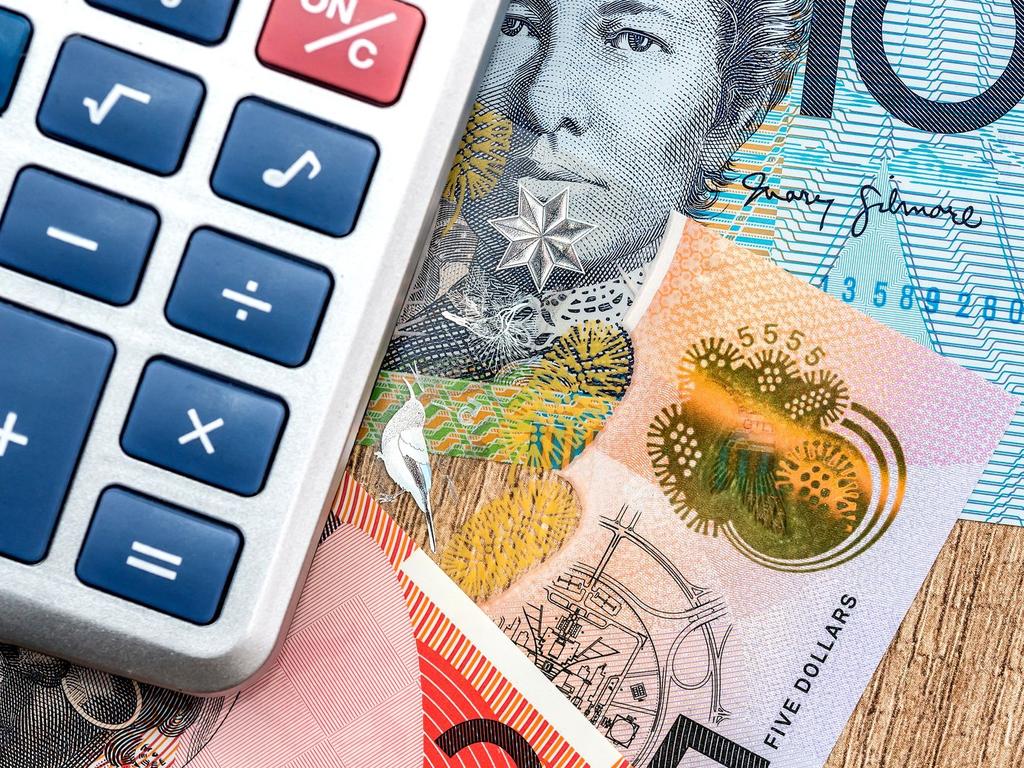Flights fail to attract passengers through coronavirus crisis
New airline data shows international carriers are regularly flying to Australia with as few as 20 passengers.

International airlines such as Cathay Pacific, China Southern and Etihad Airways are continuing to operate commercial flights to Australia with as few as 20 passengers on board.
Data collected by the federal government has revealed just how low the number of passengers has been on commercial flights in and out of Australia as a result of COVID-19 travel restrictions.
These included mandatory 14-day quarantine periods in guarded hotels from late March.
The Bureau of Infrastructure, Transport and Regional Economics’ statistics showed throughout April inbound flights had an average seat utilisation of 14 per cent, and outbound flights 44.5 per cent.
The data coincided with new Australian Bureau of Statistics figures showing 2200 people arrived in Australia from overseas in April, a fall of 99.3 per cent compared with a year ago.
Qantas and Virgin Australia, which operated a network of international flights subsidised by the federal government in April, often carried fewer than 10 people.
On 34 inbound flights from Hong Kong, Qantas recorded an average seat utilisation of 2.1 per cent, and the same number of outbound services had 6.3 per cent of seats in use.
On a Boeing 787-9, that would be five seats filled on inbound flights, and 15 seats used on outbound services.
Virgin Australia recorded an average 7.1 per cent seat utilisation on its seven inbound “rescue” flights, and 10.4 per cent of seats filled on 10 outbound flights to Hong Kong and Los Angeles.
Four inbound services from Hong Kong averaged just 0.6 per cent of seats in use – the equivalent of two seats filled on a 339-seat Boeing 777-300.
The figures underline why Qantas and Virgin Australia pulled the pin on international flights after government funding ended.
Qantas has indicated it does not expect to resume international services until August, while Virgin Australia’s intentions will depend on the current administration process.
Other carriers
However, a number of other carriers are continuing to operate multiple flights a week to Australia despite miserable load factors.
In April, Cathay Pacific flew 105 flights from Hong Kong, with only 6.8 per cent of seats in use – or an average of 19-seats filled on each service by an A350-900.
Outbound flights had 37.3 per cent seat utilisation, or about 104 passengers.
The Hong Kong government last week announced it would rescue the struggling carrier with a $5.6bn bailout package.
Other airlines continuing to fly despite little demand, were China Airlines, with inbound flight load factors of 1.4 per cent and outbound of 15.7 per cent; Etihad with 9.8 per cent of seats in use on inbound flights, and 5.1 per cent on outbound services and Royal Brunei with 0.5 per cent of seats in use on inbound flights and 2.2 per cent on outbound.
Major Chinese carriers including China Southern and China Eastern recorded very poor load factors on inbound flights, but close to capacity on outbound services.
Qatar Airways, which added an extra 48,000 seats on services to Australia in the first two weeks of April, recorded 14.9 per cent load factors on inbound flights, and 66.5 per cent for outbound trips.
On an A380, which Qatar used on flights to Perth, 14.9 per cent of seats in use was the equivalent of 77 passengers.
The BITRE report noted that in April, 18 airlines suspended services to and from Australia, including American Airlines, Hawaiian Air, Silk Air, Jetstar and Air India.








To join the conversation, please log in. Don't have an account? Register
Join the conversation, you are commenting as Logout